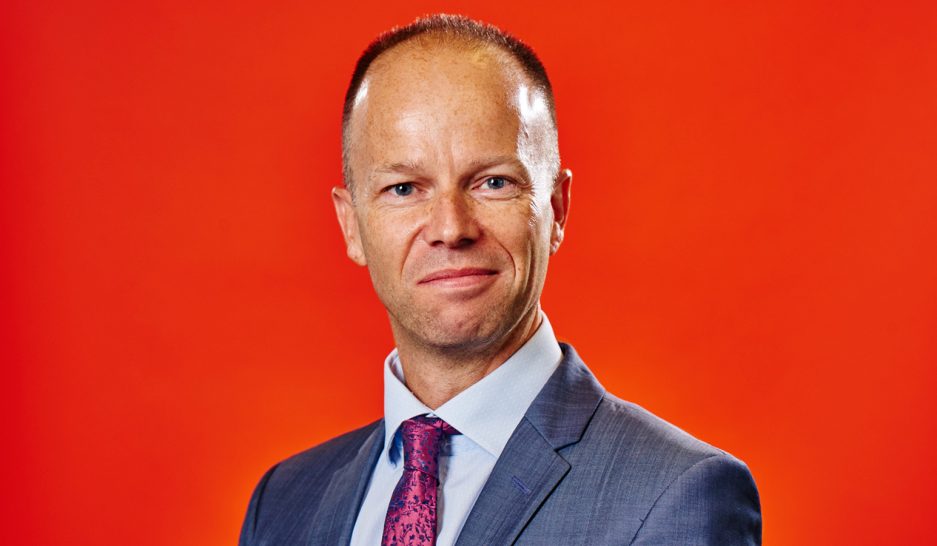Masthaven completed £193m worth of lending in 2017, its first year as a bank, but with the launch of its buy-to-let proposition in early 2018 and continued expansion of distribution it has grown that annual total to £600m by the end of last year.
“Overall the mortgage market is pretty flat, but the proportions of people who fall outside the mainstream high street is increasing all the time and that’s where it’s exciting,” Hall told Specialist Lending Solutions.
“But we need to be sensible right now and if you look at all the uncertainty around I think its sensible for homeowners and borrowers to pause.
“That’s not a bad thing, its common sense, and if you’re a lender in it for the long term then you recognise there will be moments where borrowers take that view,” he said.
The lender is expected to continue tweaking its buy-to-let offering this year to fit the increasingly specialist nature of the market with the aim of satisfying as many needs as possible within a small product range.
“Over time I expect to see much more of brokers and clients being able to pick different features they want as part of that lending solution for them and their particular needs – that’s where Masthaven fits in,” he continued.
“We see lots of flexibility on home ownership at the moment – such as shared with parents or different relationships statuses and it’s up to us to mirror that on the lending side.”
‘Really blunt’ innovation
Hall is generally positive about the specialist market, its growth and its servicing of more customers. However, he does have concerns about how much real innovation is coming through and how lenders are differentiating themselves for brokers and customers.
“How much innovation has there been around responsiveness, tailoring and personalising deals, slickening-up the process and looking at what borrowers are trying to do?” he asked.
“I think we’ve got so much innovation to do around that and it’s not just good enough to say there are lots of different lenders that offer two-, three- or five-year fixes.
“This is now a developing, maturing part of the mortgage market but there’s so much we can do in terms of researching and understanding customer need.”
Hall highlights that for example, supporting older borrowers by simply extending the maximum allowable age is a “really blunt” method, with a more holistic approach to laterlife finances required.
“This group of consumers is going to challenge the mortgage market for a number of years as they have set needs which have to be met,” he said.
“The average age of our savings population is 62, so we understand both sides of the coin, what they are trying do and managing their savings and finances.
“So there’s an opportunity of how we can use those things together,” he added.
With Masthaven already involved in this end of the sector, Hall is keen to improve what the lender is already doing and grow this part of the business by telling intermediaries what works and what borrowers are looking to do.
Seconds sourcing solution
As far as the second charge market goes, Hall believes it has largely recovered from the introduction of the Mortgage Credit Directive (MCD) but he is surprised it has not grown more.
“I think it’s a really great way to complement a first charge, but it’s complicated as a borrower and the onus is on us as lenders to make things transparent,” he said.
“There is still work around broker education to do too – is it right to do a second charge along with the existing first charge, or should borrowers redo the whole lot?
“And there’s a big role for second charge distributors to play in marketing it as well, but we’re seeing some of those really good, big firms now doing first charge as well.”
He noted that part of the solution could come from sourcing systems, which have put significant resources into cultivating the seconds market with there likely to be further development here.
This could potentially bring an efficient way to evaluate the effects of having first and second charges working together and help the decision-making process.
“At about £1bn in value I think opportunities for the market to grow are quite considerable – whether through inter-generational lending, property improvement or other routes,” he continued.
“It is growing steadily and that’s no bad thing, because with explosive growth, you wonder if it is being used in the right way?
“So I expect to see about 10-15% growth per annum over next 2-3 years which would be a sensible level of growth and means it’s being understood by more intermediaries and borrowers,” he added.
Manage the exit
Finally, when it comes to bridging, Hall acknowledged that how a market performs in an uncertain environment is the true test for that market.
He argues that diversity of funding and a more circumspect approach is key to maintaining a stable presence.
“There’s a number of different financing models for lenders in the bridging market – those that are very diversified and have a deep base are the ones you think will operate through a number of different cycles,” he said.
“We’ve seen lot of competition, but we have a pretty cautious approach to loan to value (LTV) when bridging, as we do across the bank generally.
“The fundamental principle is we don’t feel it’s appropriate to over-extend or over-gear, and in bridging that gives borrowers flexibility about how that exit is managed,” he added.














